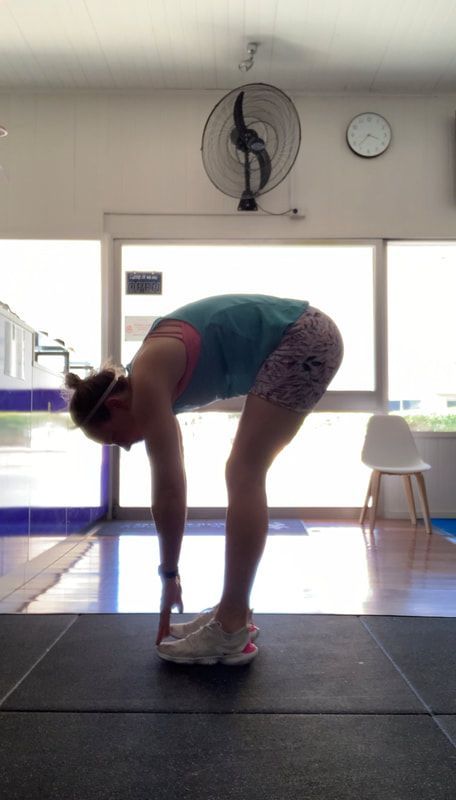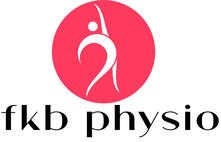LOW BACK PAIN MYTHS

MYTH #1: YOUR IMAGING FINDINGS ARE INDICATIVE OF YOUR PROGNOSIS, OR SYMPTOMS. E.G. MY MRI SAID I HAVE A BULGING DISC!!! I WILL NEVER BE ABLE TO RUN OR LIFT AGAIN!!
Fact: MRI findings in PAIN FREE populations:
At 20 years old:
37% had disc degeneration
30% had a disc bulge
29% had a disc protrusion
At 80 years old:
96% had disc degeneration
84% had a disc bulge
43% had a disc protrusion
(Brinjikji et al., 2015).
MYTH #2: HAVING A DISC BULGE/HERNIATION/RUPTURE/EXTRUSION/TEAR IS BAD NEWS.
Discs have a bad rep. It is common for someone to present to me reporting that they have a disc bulge, or herniation, and as such need to be very careful with lifting or jumping. The person may believe they have damaged their back forever, or that they have a potentially serious condition.
I think the most IMPORTANT piece of information here is that IMAGING FINDINGS ARE POORLY CORRELATED TO LOWER BACK PAIN. To the extent where having an MRI of your lower back is associated with WORSE outcomes, because of the fear that is linked with seeing what are actually NORMAL findings (Webster et al., 2013).
This doesn’t mean we don’t know how to treat someone with low back pain if we don’t know exactly the structure that is implicated, because we treat the PROBLEM not the finding (e.g. Person has pain to bend forward, which may be the case for someone with nothing on an MRI as well as for someone with a herniated disc on MRI).
Being referred for imaging for lower back pain in the absence of certain “red flags” that warrant further investigation is AGAINST best practice guidelines. And yet! Evidence shows 54% of people in the US are referred for imaging of their lumbar spine when they present with low back pain to the emergency department (Foster et al., 2018).
I understand why, because back pain is incredibly painful, and people must feel there is something horribly wrong with them when it comes on. But that’s the thing. The VAST majority of the time, the bark is worse than the bite.
MYTH #3: MY DISC HAS SLIPPED AND MY BACK IS ‘OUT’. I KNOW BECAUSE IT KEEPS GETTING STUCK!
Truth: Acute low back pain can be extremely painful. Pain is the body’s alarm system. It is an evolutionary survival mechanism. A pain signal is sent in the presence of actual or PERCEIVED threat to our tissues. Our discs are very close to your spinal cord. It is likely that any strain or stress to these structures will produce a large pain response. Couple this with the idea that many people have a fear of badly hurting their back, which is likely to turn up the pain signal.
Pain is often poorly correlated to damage (think how much paper cut, hot water on sunburn, or stubbing your toe hurts when none of these cause actual damage). Inflammation and local swelling around a disc hurts like CRAZY, and if this inflammation and swelling contacts one of the spinal nerves that are right next to the discs, it can give you symptoms down your leg, often called ‘sciatica’). This high degree of pain, however, does not mean that the injury is necessarily severe.
Most of the time, acute disc-y pain eases within a few days, and you’re left with some residual pain and stiffness. Over time this gradually eases as well. Pain that persists for longer than the time you would expect can occur due a host of factors that I’ll discuss soon. It is rarely because you have something ‘really wrong’ with your back.
MYTH #4: BACKS THAT KEEP HURTING, OR KEEP ‘GIVING WAY’ AND ‘GOING OUT’ ARE THE SMALL % THAT ARE REALLY BAD AND MUST NEED SURGERY. THE REASON FOR PROLONGED PAIN IS BECAUSE OF EXTREMELY BAD DAMAGE.
There are so many reasons back pain can keep coming back, or never quite go. I do think that it is mainly the response to the episode of low back pain that will dictate this longer response: see the blog "Patient experiences may impact the chronicity of their back pain".
Reference:
Brinjikji, W., Luetmer, P. H., Comstock, B., Bresnahan, B. W., Chen, L. E., Deyo, R. A., . Jarvik, J. G. (2015). Systematic literature review of imaging features of spinal degeneration in asymptomatic populations. AJNR. American journal of neuroradiology, 36(4), 811-816. doi:10.3174/ajnr.A417
Foster, N. E., Anema, J. R., Cherkin, D., Chou, R., Cohen, S. P., Gross, D. P., Maher, C. G. (2018). Prevention and treatment of low back pain: evidence, challenges, and promising directions. Lancet, 391(10137), 2368-2383. doi:10.1016/s0140-6736(18)30489-6
Gugliotta, M, da Costa, BR, Dabis, E, et al.Surgical versus conservative treatment for lumbar disc herniation: a prospective cohort study. BMJ Open. 2016.
Hartvigsen, J., Hancock, M. J., Kongsted, A., Louw, Q., Ferreira, M. L., Genevay, S., Underwood, M. (2018). What low back pain is and why we need to pay attention. Lancet, 391(10137), 2356-2367. doi:10.1016/s0140-6736(18)30480-x
Shamrock AG, Donnally III CJ, Varacallo M. Lumbar Spondylolysis And Spondylolisthesis. [Updated 2020 Sep 27]. In: StatPearls [Internet]. Treasure Island (FL): StatPearls Publishing; 2020 Jan-.
Webster, B. S., Bauer, A. Z., Choi, Y., Cifuentes, M., & Pransky, G. S. (2013). Iatrogenic consequences of early magnetic resonance imaging in acute, work-related, disabling low back pain. Spine, 38(22), 1939-1946. doi:10.1097/BRS.0b013e3182a42eb6

